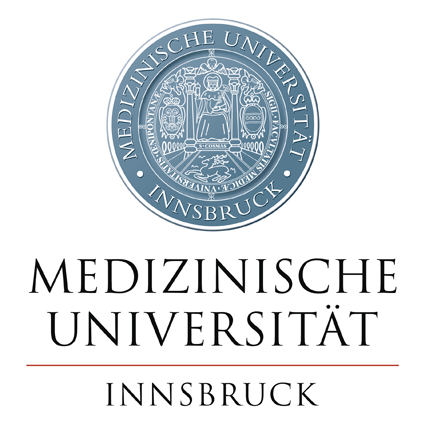Gender Medicine – What is that?
Gender Medicine is a new medical discipline that developed from women’s health and men’s health. Its aim is to examine all medical scientific findings to see if they really have sufficient evidence to prove their value for women and men. If not, new studies have to be performed for women.
In its early days one of the main topics of Gender Medicine was pharmaceutical testing, because at that time many medications had been tested exclusively or almost exclusively in men. The result was that the effects and side-effects were known only for men. This fact had to be established first in order to make changes in the particular laws. Consequently, many medications had to be re-tested for women. In the meantime, all medications licensed for sale have been tested for women and men.
*****
Gender Medicine examines all scientific findings to see if they are equally valid for women and men!
*****
ÖÄK-Diploma in Gender Medicine
Date: 1.3.2024 9:00 – 7.10.2025 18:00 |
Download program
Link to webpage of the course on ÖAK: https://www.dfpkalender.at/public-dfpkalender/viewEvent.jsf?id=782253
Gender Medicine – Who benefits from it?
Everyone – women and men alike! Gender Medicine offers evidence-based scientific findings for women and men in all age groups and all social, ethnic and economic groups. This is the road to personal medicine, i.e. tailoring the best possible medical offering for every individual.
Gender Medicine for Women
It is certainly true that it was initially women who benefited more from Gender Medicine, for example with pharmaceutical tests. Another main focus of Gender Medicine in the early days was heart diseases. The aim here was to show that heart death is the prime cause of death for women and men worldwide and that women just as men require heart diagnosis and therapy without unnecessary delay. Thousands of scientific studies showed that women had trouble accessing cardiological diagnostics and therapy. The prevailing opinion was that heart attacks are a male thing. Meanwhile, a lot of work has been done to raise awareness for this issue, from which many women have hopefully profited and will continue to profit. Heart death traditionally has a male image! For decades now more women than men have died a heart death in Austria!
Gender Medicine for Men
The danger of suffering from osteoporosis and the need to be tested and treated are things that women know well and also fear. For men, this disease seems to be non-existent. But the facts tell a different story! Approximately one-quarter of all osteoporosis sufferers are men. With the increase in life expectancy, men’s risk of suffering from osteoporosis also increases. For osteoporosis, just as for most chronic illnesses, early recognition and prevention are the best protection. The mere knowledge that men can also have osteoporosis, means a lot can be done to prevent it. Here, it is clearly the men who benefit from Gender Medicine. Osteoporosis is a disease found in women and men. It is not a women’s disease, but it traditionally has a female image!
Gender Medicine – What does that mean for me as a woman/man?
Women and men constantly hear appeals “to lead a healthy life, to make lifestyle changes, etc.”! Are the recommendations for women and men different today? Cardiovascular diseases are the main cause of death for women and men, although more women than men die of coronary artery disease and stroke. In this connection, prevention is recommended for women AND men. Scientific studies have shown the various effects and mechanisms of the known risk factors. And still, the prime risk factors are the same for women and men, namely high blood pressure, diabetes mellitus, hyperlipemia, nicotine, overweight and thus also the prevention recommendations.
Prevention for women AND men:
. stop smoking
. get exercise/do sports
. eat healthy foods
. see your family doctor regularly for checkups for blood pressure, blood glucose and cholesterol
Gender Medicine – What differences are there for women and men?
One of the biggest differences is how each sex deals with overweight. Clearly more men than women in Austria are overweight or obese. The latest estimates tell us that less than half of the population has normal weight. By far more women than men in Austria diet, take medication or consult a surgeon in this connection. The way a person views her or his own weight is one of the biggest differences between the sexes!
